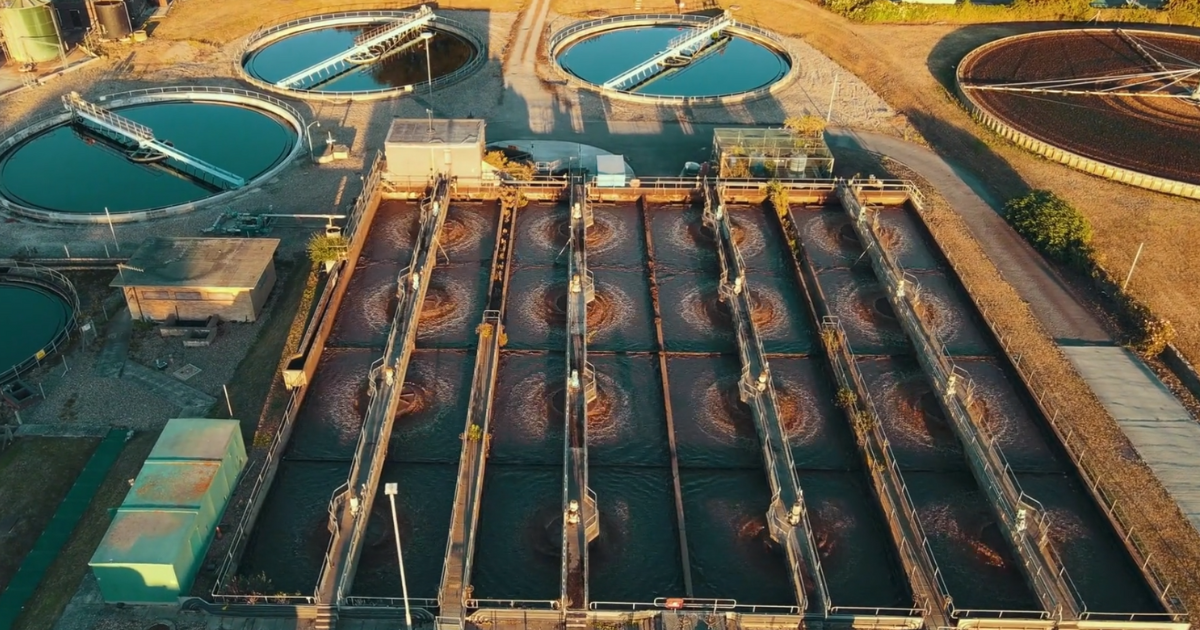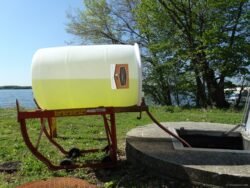
Wastewater Biological Treatment
Wastewater Biological Treatment: An In-Depth Analysis of Key Processes and Technologies
Introduction: The Imperative of Wastewater Biological Treatment
As urbanization and industrialization continue to surge, wastewater management has emerged as a critical challenge for municipalities and industries alike. According to the United Nations, nearly 4 billion people—over half the world’s population—are affected by water scarcity, prompting an increased focus on efficient wastewater treatment solutions. Biological treatment of wastewater, which utilizes microorganisms to degrade organic matter and contaminants, stands at the forefront of sustainable environmental practices. This article delves deep into the intricacies of wastewater biological treatment, elucidating its significance, processes, technologies, and challenges while providing authoritative insights for wastewater treatment professionals and facility managers.
Section 1: Understanding Wastewater and Its Characteristics
The Nature of Wastewater
Wastewater is broadly categorized into two types: domestic and industrial. Domestic wastewater includes sewage from households, while industrial wastewater originates from manufacturing processes. According to the Environmental Protection Agency (EPA), approximately 73 million tons of organic waste are generated annually by the United States alone. This organic matter, rich in nutrients such as nitrogen and phosphorus, presents both a challenge and an opportunity for treatment processes.
Key Characteristics of Wastewater
- Biochemical Oxygen Demand (BOD): This parameter measures the amount of oxygen required by microorganisms to decompose organic matter. High BOD levels indicate higher contamination.
- Chemical Oxygen Demand (COD): COD measures the total quantity of oxygen required to oxidize both biodegradable and non-biodegradable organic substances, providing a fuller picture of water quality.
- Total Suspended Solids (TSS): TSS refers to solid particles floating in water, which can affect aquatic ecosystems if discharged untreated.
- Nutrients: Excess nutrients in wastewater lead to eutrophication, a severe environmental condition characterized by excessive algal blooms.
Section 2: The Biological Treatment Processes
Biological treatment harnesses the power of living organisms, primarily bacteria and protozoa, to break down pollutants in wastewater. This section covers three major biological treatment processes: Activated Sludge, Trickling Filters, and Sequencing Batch Reactors (SBR).
2.1 Activated Sludge Process
The Activated Sludge Process is one of the most widely used biological treatment methods. It combines aeration and sludge recycling to minimize the volume of organic matter.
Key Steps in the Activated Sludge Process:
- Aeration Phase: Wastewater is mixed with microorganisms in aeration tanks where oxygen is introduced. This promotes the growth of aerobic bacteria that consume organic matter.
- Clarification Phase: The mixed liquor flows into a clarifier where solids settle, allowing treated water to be removed from the top.
- Sludge Recycling: Some of the settled sludge is returned to the aeration tank to maintain an optimal concentration of microorganisms.
According to research published in the Journal of Water Process Engineering, the Activated Sludge process can achieve a BOD removal efficiency of over 90%, making it highly effective for treating domestic sewage.
2.2 Trickling Filters
Trickling Filters utilize a fixed bed of media—such as stones or plastic—that supports the growth of biofilms. Wastewater flows over this media, allowing microorganisms to degrade organic matter.
Advantages of Trickling Filters:
- Lower Energy Requirements: Trickling filters require less energy for aeration compared to activated sludge systems.
- Robustness: They are able to handle varying loads of wastewater more effectively.
Recent industry analysis indicates that Trickling Filters can achieve BOD reductions of around 70-80%, highlighting their effectiveness as a biological treatment alternative.
2.3 Sequencing Batch Reactors (SBR)
The Sequencing Batch Reactor (SBR) operates in a batch mode, effectively integrating biological treatment and clarification phases in one tank.
Key Benefits of SBR:
- Flexibility: SBR systems adapt to varying influent characteristics and flow rates.
- Process Control: Operators can easily manage the timing of aeration and settling processes, optimizing treatment efficiency.
Research from the Water Environment Federation suggests that SBR systems can achieve high removal rates for BOD, TSS, and nutrients, making them a viable solution in scenarios where land and space are limited.
Section 3: Challenges Facing Biological Treatment
3.1 Sludge Management
One of the most pressing concerns in wastewater treatment is the management of excess sludge generated during biological processes. According to the International Water Association, the volume of sludge produced can be as high as 20-30% of the influent flow. Improper management can lead to environmental issues and increased disposal costs.
3.2 Seasonal Variability
Biological processes are highly sensitive to temperatures, which can affect microbial activity. Cold temperatures can slow down biological reactions, reducing treatment efficiency. Facilities located in regions with significant seasonal temperature fluctuations need to implement strategies for maintaining consistent treatment levels.
3.3 Emerging Contaminants
The presence of pharmaceuticals, personal care products, and microplastics in wastewater poses additional challenges to biological treatment effectiveness. Many conventional biological processes are not designed to remove these emerging contaminants, necessitating advanced treatment technologies in some cases.
Section 4: Innovations and Future Directions
4.1 Integration of Advanced Technologies
Emerging technologies, such as membrane bioreactors (MBRs) and anaerobic digestion, are increasingly being integrated into traditional biological treatment processes to enhance efficiency. MBRs provide high-quality effluent suitable for reuse, while anaerobic digestion produces biogas that can be utilized for energy generation.
4.2 Sustainability and Circular Economy
The shift towards sustainable wastewater treatment aligns with the principles of the circular economy. By adopting bioremediation strategies, facilities can not only treat wastewater but also convert waste into reusable resources such as fertilizers or renewable energy.
4.3 Digital Solutions for Process Optimization
The adoption of artificial intelligence (AI) and machine learning in wastewater treatment is revolutionizing process optimization. These technologies facilitate real-time monitoring and predictive maintenance, enabling facility managers to respond proactively to changes in water quality and treatment dynamics.
Conclusion: The Path Forward
In conclusion, wastewater biological treatment is not just a necessary process; it is a vital component of sustainable environmental management. By understanding the intricacies of various biological treatment methods and addressing challenges related to sludge management, seasonal variability, and emerging contaminants, wastewater treatment professionals can optimize operations and enhance treatment efficacy. As innovations in technology pave the way for more efficient and sustainable solutions, it is clear that the future of wastewater treatment holds promise for both environmental sustainability and public health.
For facility managers and professionals seeking to navigate this evolving landscape, continued education, embracing technological advancements, and a commitment to sustainable practices will be essential. By investing in the future of biological treatment, we ensure that we can meet the growing demands of our communities while preserving the invaluable resources of our water systems.
This detailed exploration of Wastewater Biological Treatment provides not only a comprehensive understanding of the subject but also addresses the challenges and solutions in a manner intended to engage both industry professionals and facility managers. With relevant data and authoritative insights, this article stands to serve as a valuable resource in the ongoing dialogue surrounding effective wastewater treatment solutions.

